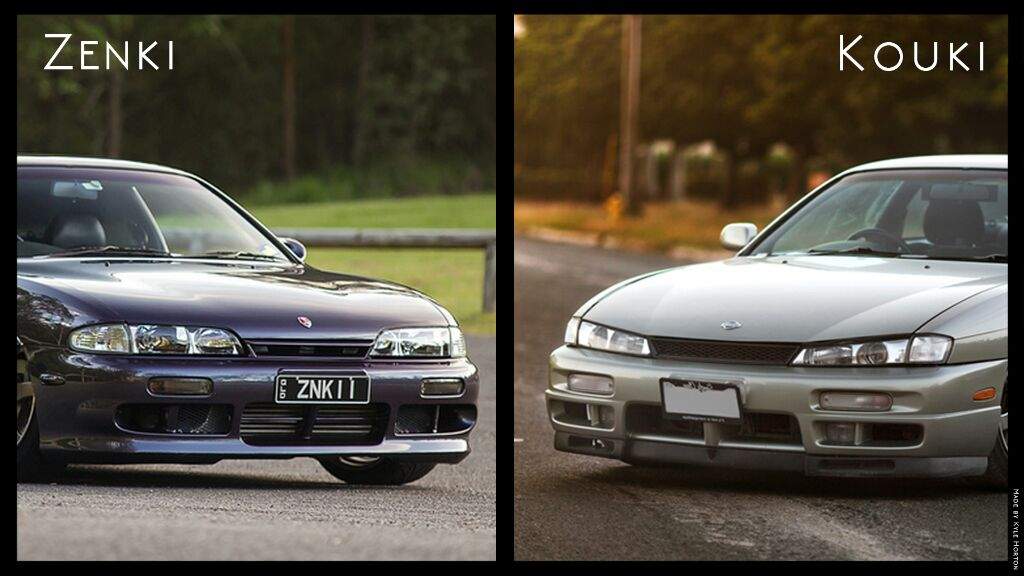The Nissan S14, a beloved member of the 240SX family, has captured the hearts of car enthusiasts for decades. Within the S14 lineup, there are two distinct versions: Zenki and Kouki. These terms may sound foreign to newcomers, but they refer to specific generations of this iconic sports coupe. In this article, we’ll dive into the world of Nissan S14s, highlighting the differences between the Zenki and Kouki models, so you can make an informed choice when it comes to owning one of these classic cars.
What Are Zenki and Kouki?
Before we explore the differences, let’s clarify what “Zenki” and “Kouki” mean in the context of the Nissan S14. These terms are borrowed from Japanese and are often used by car enthusiasts to distinguish between the early and late production models of the S14.
-
Zenki: Zenki, which translates to “early period” in Japanese, refers to the initial production run of the S14, which was available from 1994 to 1996. These cars represent the first phase of the S14’s production.
-
Kouki: Kouki, meaning “late period” in Japanese, denotes the later production models of the S14, which were manufactured from 1997 to 1998. These cars represent the second phase of the S14’s production.
Exterior Differences
-
Headlights: One of the most noticeable differences between Zenki and Kouki S14s is the headlights. Zenki models feature a distinctive set of round headlights, while Kouki models come equipped with more modern and angular projector-style headlights. The change in headlights gives the Kouki a sleeker and updated appearance.
-
Front Bumper: The front bumper design also varies between Zenki and Kouki models. Zenki bumpers are simpler in design, with integrated fog lights. In contrast, Kouki bumpers have a more aggressive look with separate fog lights and a lower front lip spoiler.
-
Taillights: The taillights on Kouki models have a slightly different design, featuring clear turn signal lenses and a red and white color scheme. Zenki models, on the other hand, have amber turn signal lenses and a red and orange color scheme.
Interior and Mechanical Differences
-
Interior Styling: Inside the cabin, Kouki models tend to have a more refined interior, with small details like updated seat fabric and a revised center console. These improvements contribute to a more modern and comfortable driving experience.
-
Chassis Updates: Kouki models often come with minor chassis updates that improve handling and stability. These updates include stiffer suspension components and a revised rear subframe design.
-
Engine Options: Both Zenki and Kouki models are available with a variety of engines, but Kouki models may feature more advanced engine options with improved performance.
Collectibility and Price
Due to their distinct features, Kouki S14s are often considered more desirable among collectors and enthusiasts. As a result, Kouki models may command a higher price in the used car market compared to Zenki models. However, the price difference may vary depending on factors such as condition, mileage, and modifications.
Conclusion
In the world of Nissan S14s, the choice between a Zenki and Kouki model ultimately comes down to personal preference. Both versions have their unique charm and offer an exhilarating driving experience. Whether you’re drawn to the classic and simple styling of the Zenki or the modern and refined features of the Kouki, owning an S14 is sure to be a thrilling journey for any car enthusiast. So, when considering your next automotive adventure, take the time to explore the differences between these two iconic S14 generations and find the one that resonates with your automotive soul.

